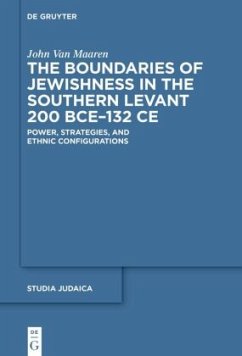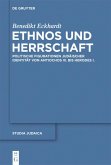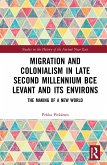Recent research has considered how changing imperial contexts influence conceptions of Jewishness among ruling elites (esp. Eckhardt, Ethnos und Herrschaft, 2013). This study integrates other, often marginal, conceptions with elite perspectives. It uses the ethnic boundary making model, an empirically based sociological model, to link macro-level characteristics of the social field with individual agency in ethnic construction. It uses a wide range of written sources as evidence for constructions of Jewishness and relates these to a local-specific understanding of demographic and institutional characteristics, informed by material culture. The result is a diachronic study of how institutional changes under Seleucid, Hasmonean, and Early Roman rule influenced the ways that members of the ruling elite, retainer class, and marginalized groups presented their preferred visions of Jewishness. These sometimes-competing visions advance different strategies to maintain, rework, or blur the boundaries between Jews and others. The study provides the next step toward a thick description of Jewishness in antiquity by introducing needed systematization for relating written sources from different social strata with their contexts.








